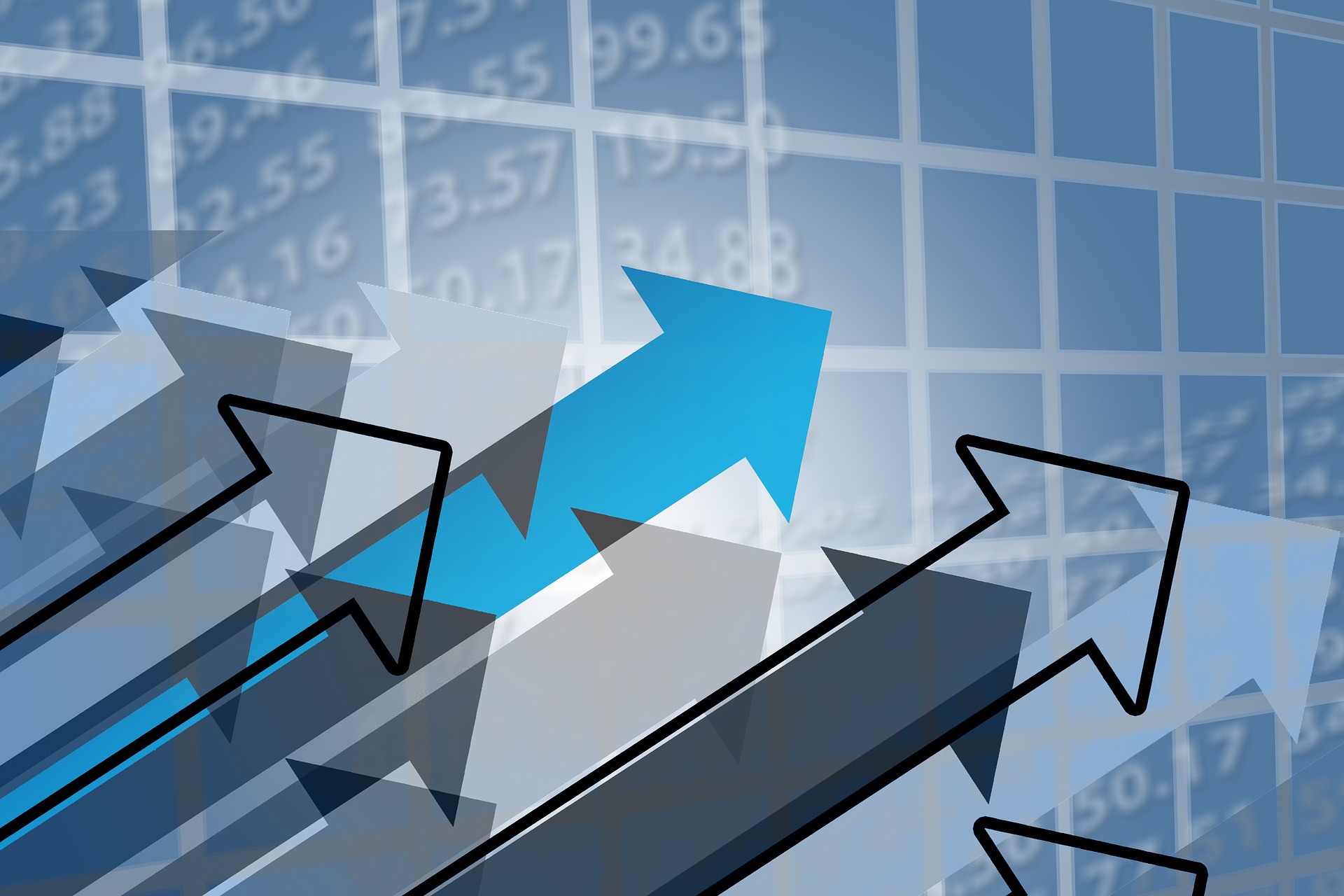3 Ways Data Center Monitoring Can Boost Productivity
Data center monitoring is one of the most common use cases for Data Center Infrastructure Management (DCIM) software. Whether in an enterprise facility or a colocation data center and regardless of whether you are keeping an eye on power, environment, or security, data center monitoring helps ensure that the business-critical systems and equipment in your data center stays up and running smoothly.
However, in addition to maintaining uptime, data center monitoring tools can also help data center managers in their never-ending quest to do more with less. Let’s look at what data center monitoring is and how it can help you increase your data center team’s productivity.
What Is Data Center Monitoring?
Data center monitoring provides insights and visibility into the health and status of your data centers. Although exactly what you monitor will vary based on your data center environment and objectives, most data center managers typically focus on cabinets and their contents, cooling units, doors and locks, and other facility equipment.
Data center power and environmental monitoring is especially prominent. More organizations are deploying intelligent PDUs, UPSs, and other smart devices throughout their data centers, as well as temperature, humidity, air pressure, door/contact closure, fire, and water sensors. These devices are polled or pinged to check their status, such as if they are powered on, connected, and within the acceptable thresholds for power and temperature. Data center staff can receive real-time alerts and notifications to warn them about threshold violations, equipment malfunctions, and other issues.
Collecting information from all these devices often results in more data than you have time to analyze. Data center management software and other data center monitoring tools help here by storing data and presenting this information via out-of-the-box data center business intelligence dashboards and reports. Real-time audit logs can also help you conduct forensic analysis of an unexpected event at a specific point in time.
How Data Center Monitoring Can Increase Productivity
Consider the following three ways that information gleaned from data center monitoring tools and other data center software can help you improve your team’s efficiency:
- Data center health status, alerts, and reporting. Data center power monitoring enables real-time reporting and alerts for everything from health statuses to threshold violations. A comprehensive DCIM solution will help you visualize the health of all your sites in one view with simple red-yellow-green color coding. Additionally, you should be able to manage and configure notifications so you are alerted only to the events in your data centers that matter most to you. As a result, you will know immediately if there is a problem in your data center and be able to rapidly respond to any changes. Having details on each event also allows you to quickly identify the location of the issue and drill down to understand the events that trigger threshold alerts. You won’t need to waste effort investigating the issue and instead can decrease your troubleshooting time.
- Proactive capacity forecasting. Monitoring data collected in your data center software can be used to improve data center capacity planning. Space, power, cooling, and network connectivity data can be captured and analyzed to more accurately predict when you will run out and determine if you need to acquire additional resources. This data can also help you to identify ghost servers and other underutilized resources, as well as to optimize the thresholds you set for data center energy consumption, power management, and environmental monitoring.
- Avoid hotspots. Data center environmental monitoring integrated with intelligent PDUs can help you make informed decisions to avoid overcooling and hotspots. Thanks to significant increases in density in recent years, data center environment and energy management are more important than ever. Decommissioning servers and billing back customers to drive energy-efficient behaviors are two well-known strategies for controlling costs. However, you can also analyze temperature, humidity, and other environmental data against ASHRAE® recommended ranges to calculate potential savings and chart trends over time. ASHRAE envelope allows you to operate in the most energy efficient mode and still achieve the reliability necessary as required by your business. Collecting and analyzing this data automatically with your DCIM software certainly beats manually going to each cabinet in your data center to read a display or thermometer!
Data center monitoring is one of the most critical elements of maintaining the health and efficiency of your data center. Combining the instrumentation and devices needed to automatically collect data with DCIM software can help you monitor your data center health and focus your troubleshooting and planning efforts, ultimately helping you to improve the productivity of your data center team.
Want to see how our industry-leading second-generation DCIM software supports enterprise-class data center monitoring? Take a test drive today.





























